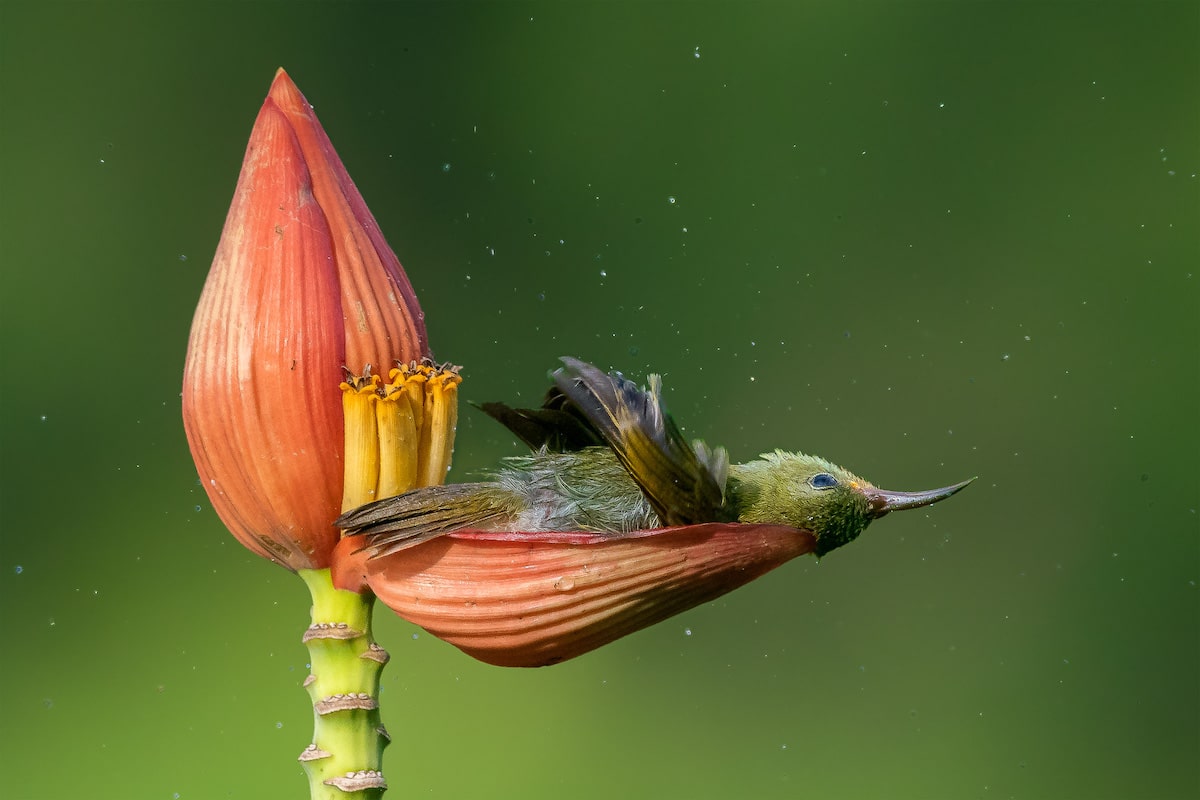
“Floral Bathtub” by Mousam Ray, India. Gold, Bird Behavior.
“This image was taken at North Bengal Agricultural University in Cooch Behar, West Bengal. To set the scene, here in India autumn days (when the photo was taken) are typically hot and humid – sporadic rains interspersed with sweltering heat – while the nights are cold. I was keen to capture images of Crimson Sunbirds drinking nectar from banana flowers. Typically, these flowers point towards the ground, but in some ornamental species they point skywards and some of their outer petals open up like cups, holding water from rain or dew. Late one evening, a female Crimson Sunbird suddenly arrived and started sipping nectar. Her thirst quenched, she then started bathing in the water stored in this banana flower petal. It’s quite common to find birds refreshing themselves in the evening, visiting puddles and pools, dipping their heads, and wetting their wings and body. However, it was a unique experience to see this sunbird immersing herself upside down in water contained in an ornamental flower petal, like a lady in a bathtub. Her relaxed and indulgent manner, lit by the glow of sunset, was truly a sight to behold.”
Over 22,000 images from photographers around the world flooded into the sixth annual Bird Photographer of the Year contest. It was Mexican photographer Alejandro Prieto who took home the top prize for his haunting photo of a Greater Roadrunner staring down the immense border wall between the United States and Mexico. Wrapped in barbed wire, the wall looms large over the perplexed animal.
Prieto won a £5,000 ($6,900) grand prize and the prestigious title of Bird Photographer of the Year for his efforts to show how this wall is also affecting wildlife. “The border wall crosses deserts, mountains, and even mangroves. It is not just desert, and is in fact very biodiverse with more than 1,500 animal and plants species threatened by the wall,” said Prieto. “I have watched many different animals reach the wall before turning around and heading back.”
His is just one of many excellent winning photos that show the beauty of birds around the globe. From a cute sunbird taking a bath in a banana flower to a lone Chinstrap penguin toddling along an iceberg, there is plenty of spectacular photography on display. The wealth of images shows just how many stories there are to tell about birds, some joyous and some sad, but all important.
As always, the Bird Photographer of the Year contest has conservation at its heart. This year, the contest donated over £8,000 ($11,000) to their charity partner Birds on the Brink. The charity helps support grass-roots bird conservation projects around the world, making its support by the contest a full-circle moment.
See the incredible winning photos from the 2021 Bird Photographer of the Year contest.
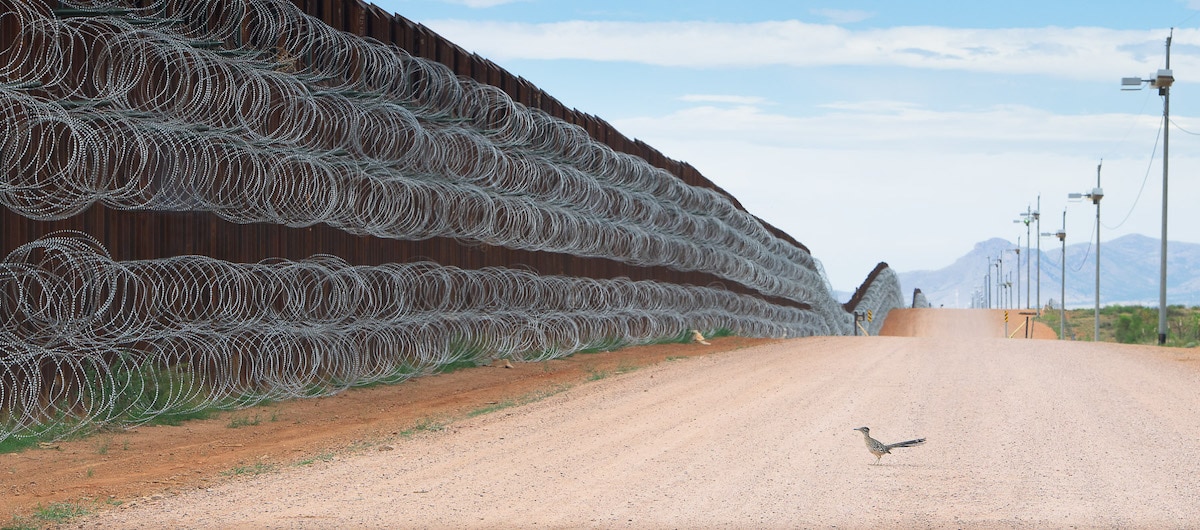
“Blocked” by Alejandro Prieto, Mexico. Winner, Bird Photographer of the Year. Gold, Birds in the Environment.
“The 3,000km-long US–Mexico border traverses and straddles some of the continent’s most biologically diverse regions. It is home to uniquely adapted mammals, reptiles, birds, and plants, some of which are found nowhere else on the planet. Numerous species will be affected if the US government decides to build a wall along the border with Mexico. Border infrastructure not only physically blocks the movement of wildlife but it also destroys and fragments habitats. Many desert animals are, to a degree, nomadic wanderers, and a wall would sever habitat connectivity and prevent them moving freely from one place to another. In this photograph, a Greater Roadrunner approaches the border wall at Naco, Arizona, with what almost looks like a sense of bewilderment.”
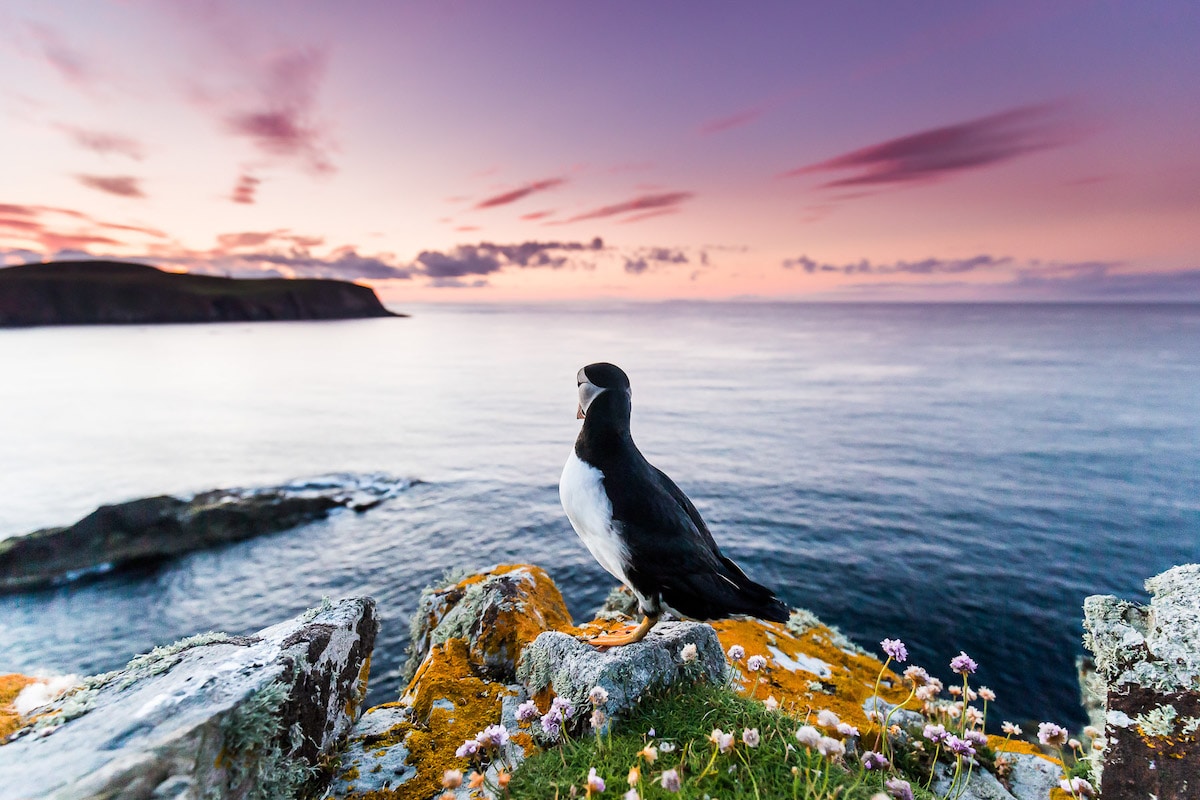
“Lost in Thought,” by Kevin Morgans, United Kingdom. Portfolio Award Winner.
“When photographing an animal, eye contact is a critical component, allowing your viewer to connect with the image. This photo breaks many of the traditional rules. The setting sun, the uneasy pose of the puffin, and the central composition throw up many questions and thoughts. Where is the puffin looking? What is it thinking? What lies beyond the horizon?”
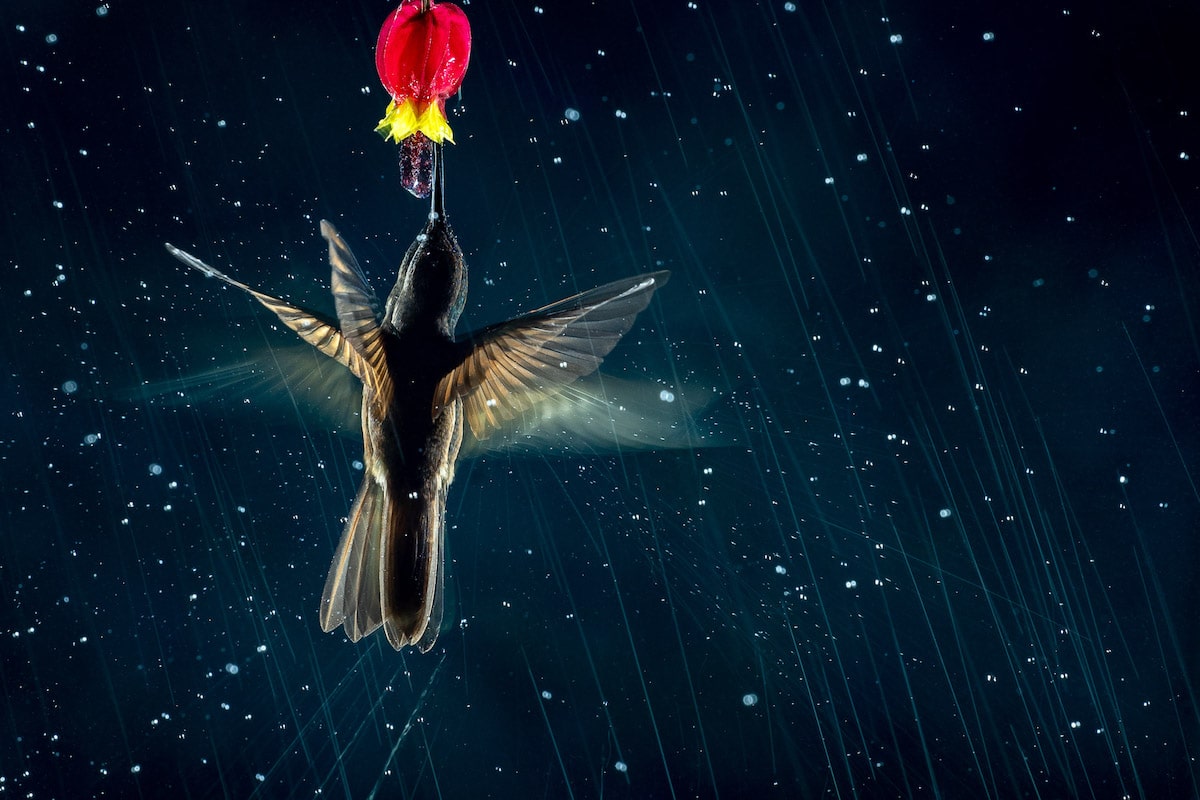
“The Art of Motion” by Nicolas Reusens, Spain. Silver, Birds in Flight.
“This image is one of my favorite shots from my last trip to Ecuador. Using a complicated set-up, I was able to trigger two sets of flashes during a single exposure, using a shutter speed of 1/25 second. I then tried to introduce a sense of movement into the image by adding continuous lighting to the scene. After three days of photographic attempts to get a single picture with an intense atmosphere, this is what I achieved. I hope it was worth it!”
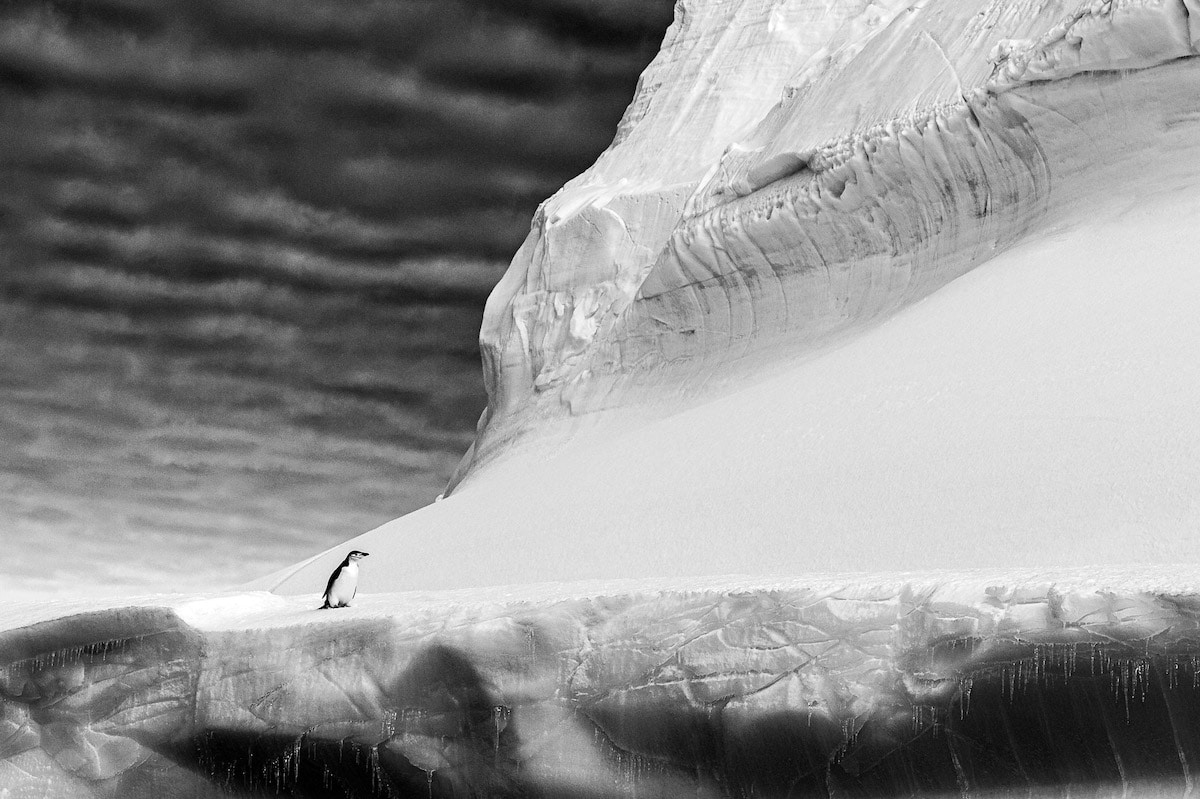
“Chinstrap Penguin” by Renato Granieri, United Kingdom. Gold, Black and White.
I was lucky enough to spend some time on an expedition ship visiting Antarctica. During a Zodiac cruise, I spotted a single Chinstrap Penguin on top of a giant iceberg. The relative sizes and proportions made me feel small in relation to the environment and I wanted to capture that impression photographically. Consequently, I included as much as I could of the iceberg in the photo to create a sense of scale.”
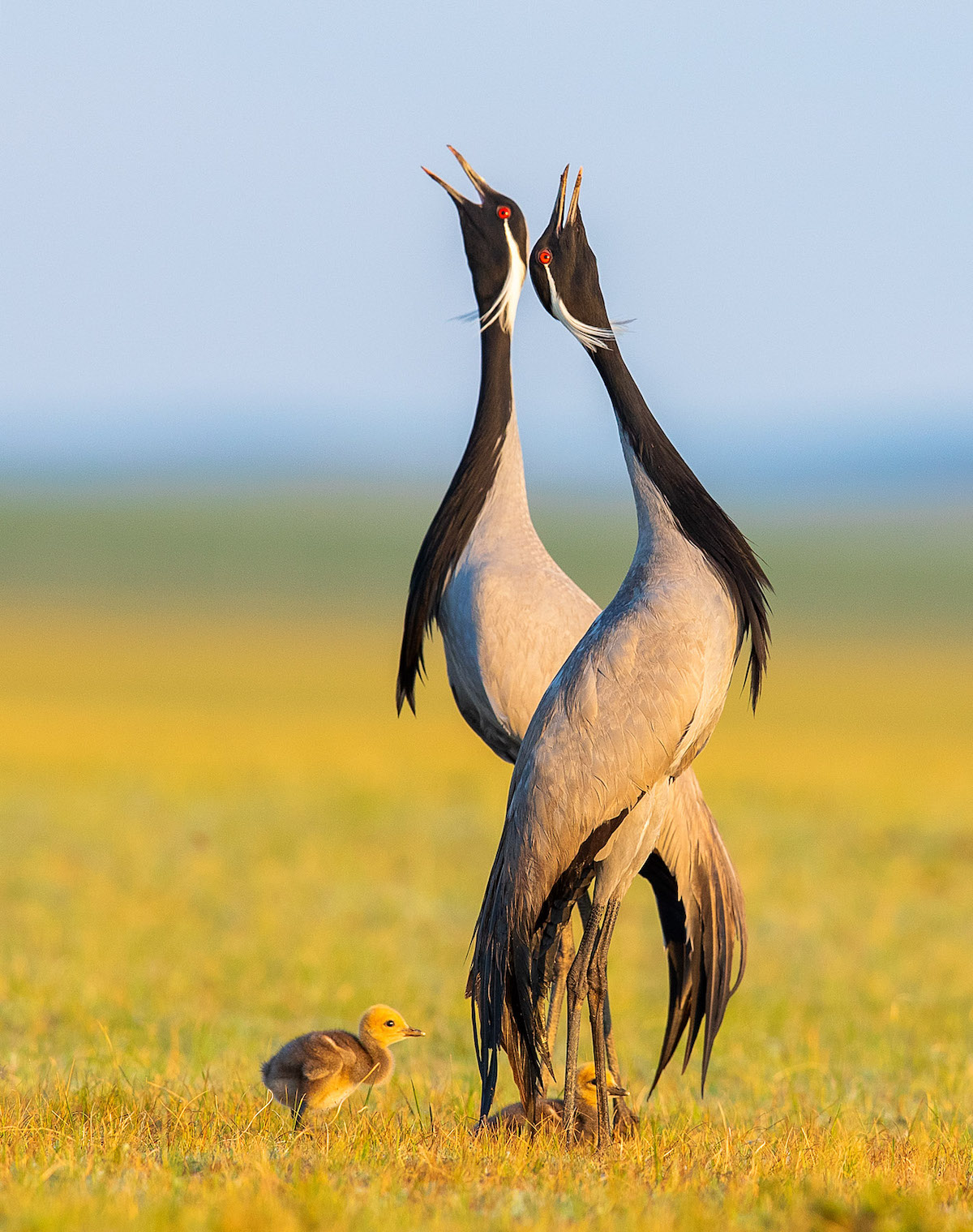
“Sing Heartily” by Maofeng Shen, China. Silver, Best Portrait.
“June marks the start of the breeding season for Demoiselle Cranes on the vast grasslands of Keshiketeng in Inner Mongolia. It is a blessing to witness the arrival of these beautiful birds, and a privilege to have documented their nesting behavior. In order to capture wonderful, intimate moments of breeding behavior without causing disturbance, I did a lot of homework. I drove more than 800km to the vast prairie of Keshiketeng two days before I planned to photograph and did my groundwork. I got up at 3am on 29 June 2018 and rushed to the location of the breeding cranes. In order not to disturb their peaceful life, I had previously set up my equipment in the long grass and lay down, disguised on the ground. In the morning light, the figures of the Demoiselle Crane family of four gradually appeared out of the gloom. Just as they were leisurely foraging for food, suddenly the distant sound of shepherds herding sheep could be heard. It seemed as if the sound was enough to inspire the pair of adults to call, as they stood back to back. This evocative sound cut through the silent sky for a brief moment, then everything quietened down again. I enjoyed the company of the crane family for the next four hours.”
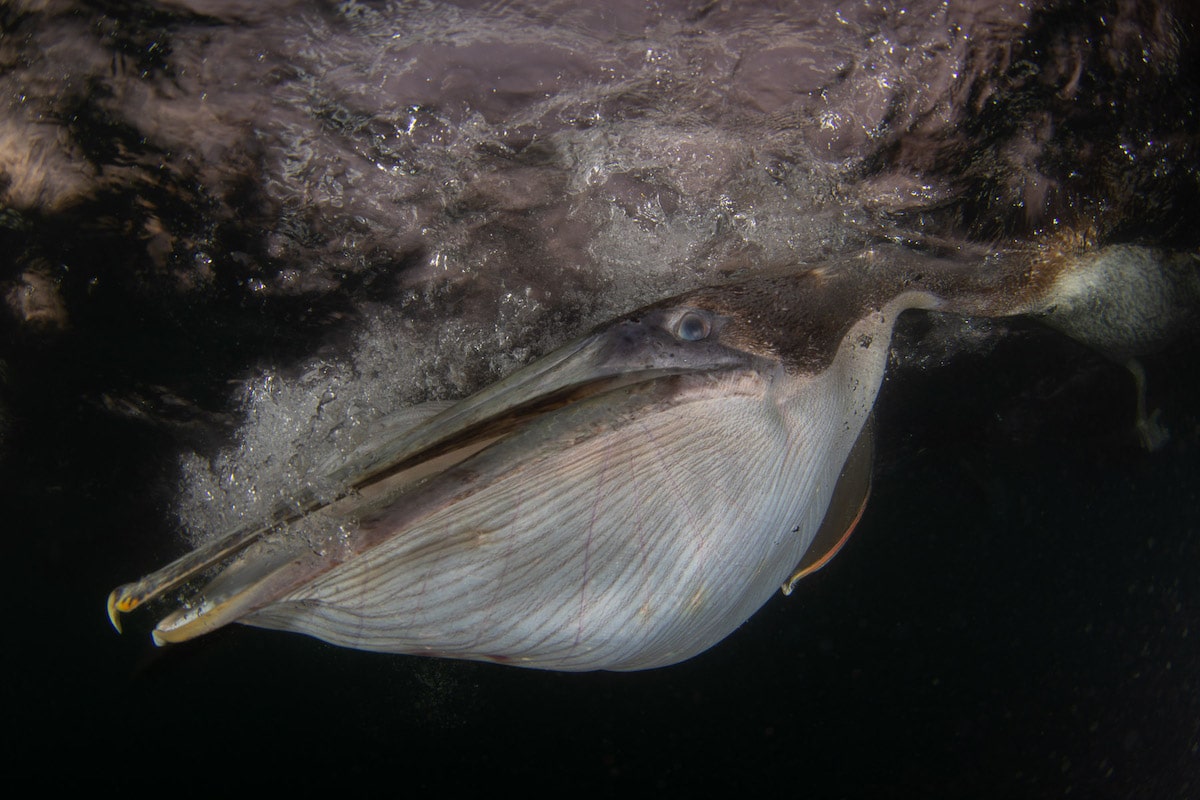
“Underwater Portrait” by Felipe Foncueva, Spain. Gold, Best Portrait.
“This underwater image of a Brown Pelican was taken off the Pacific coast of Costa Rica, near the mouth of the T.rcoles River, where there are small fishing villages. Groups of pelicans await the return of fishermen and take advantage of the scraps they throw into the sea. Looking at this image, I am struck by the similarity between the way the pouch beneath the pelican’s bill functions and the throat of a feeding baleen whale. At first glance you could be forgiven for thinking you are looking at a marine mammal rather than a bird!”
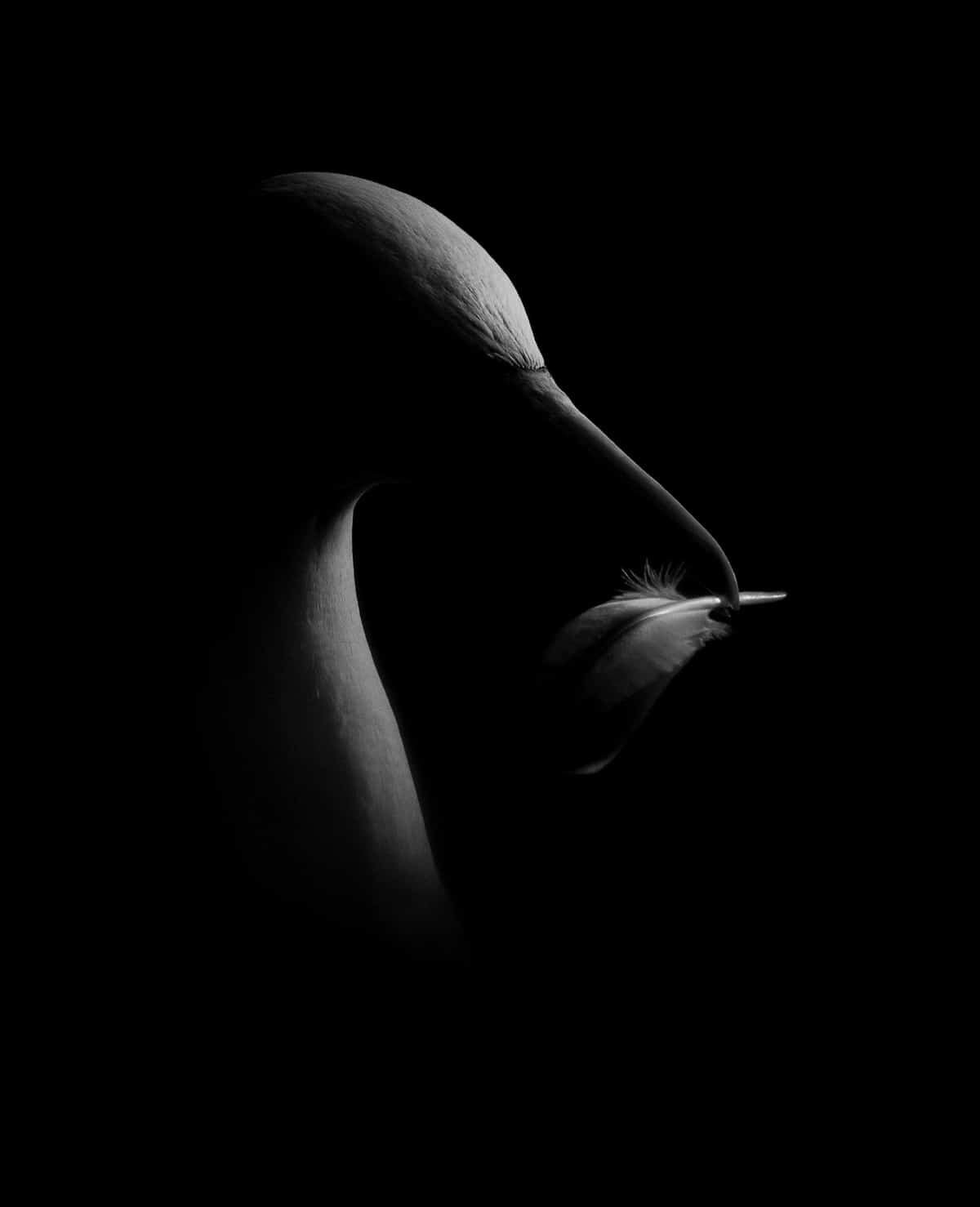
“Feather Light” by James Rogerson, United Kingdom. Silver, Black and White.
“Backlit by the rising sun, this preening Northern Gannet paused momentarily as it removed a displaced feather. The sequence of
images I took that morning focused on metering for the highlights of my subject. I achieved this using the spot-metering mode, linked to the central autofocus point, and with that point trained on the brightest area of the bird. The result is that the merest suggestion of the bird’s outline becomes the focus, and yet the species is still instantly recognizable. Although it is several hours’ drive to the location from my home, I rarely shoot there for more than the hour or so when suitable light conditions prevail.”
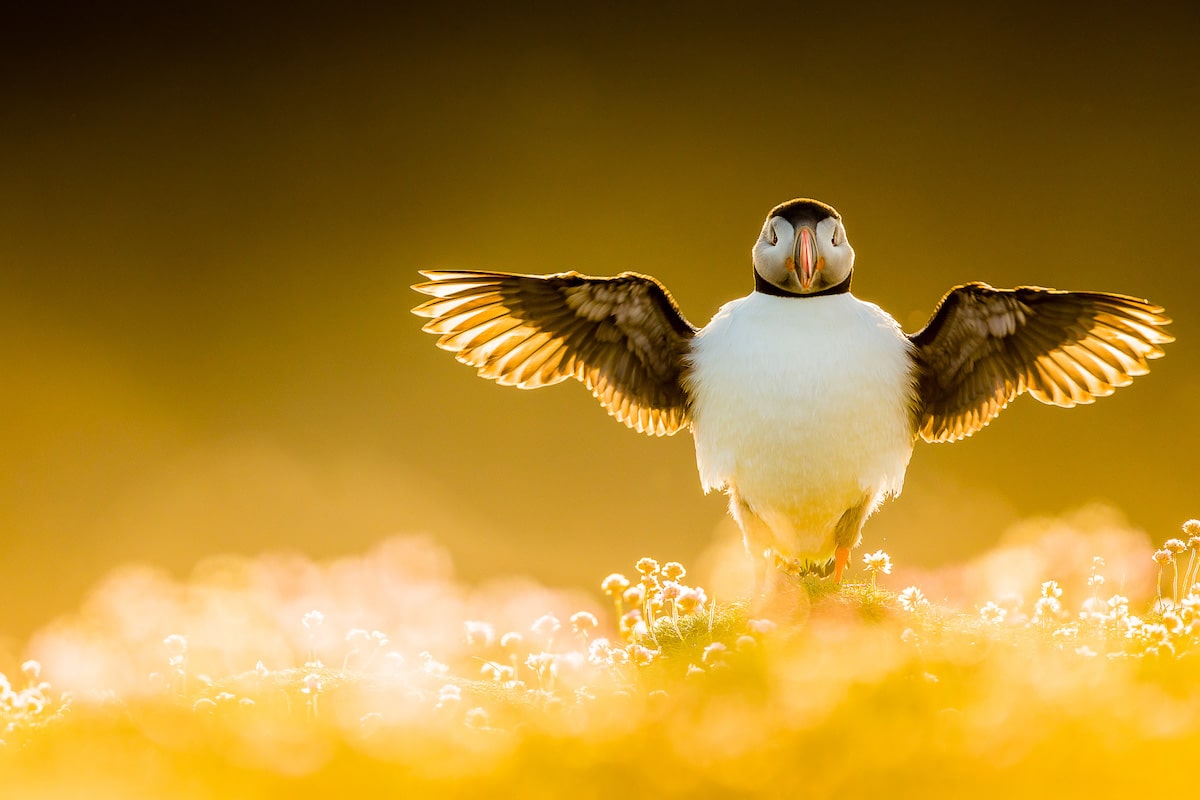
“Wing Stretch,” by Kevin Morgans, United Kingdom. Portfolio Award Winner.
“Back-lighting is strongly represented throughout this portfolio. Combining the technique with the beautiful golden hues of sunset can transform an image, and birds, in particular, look fantastic using this approach. The light shining through their feathers creates an almost translucent effect.”
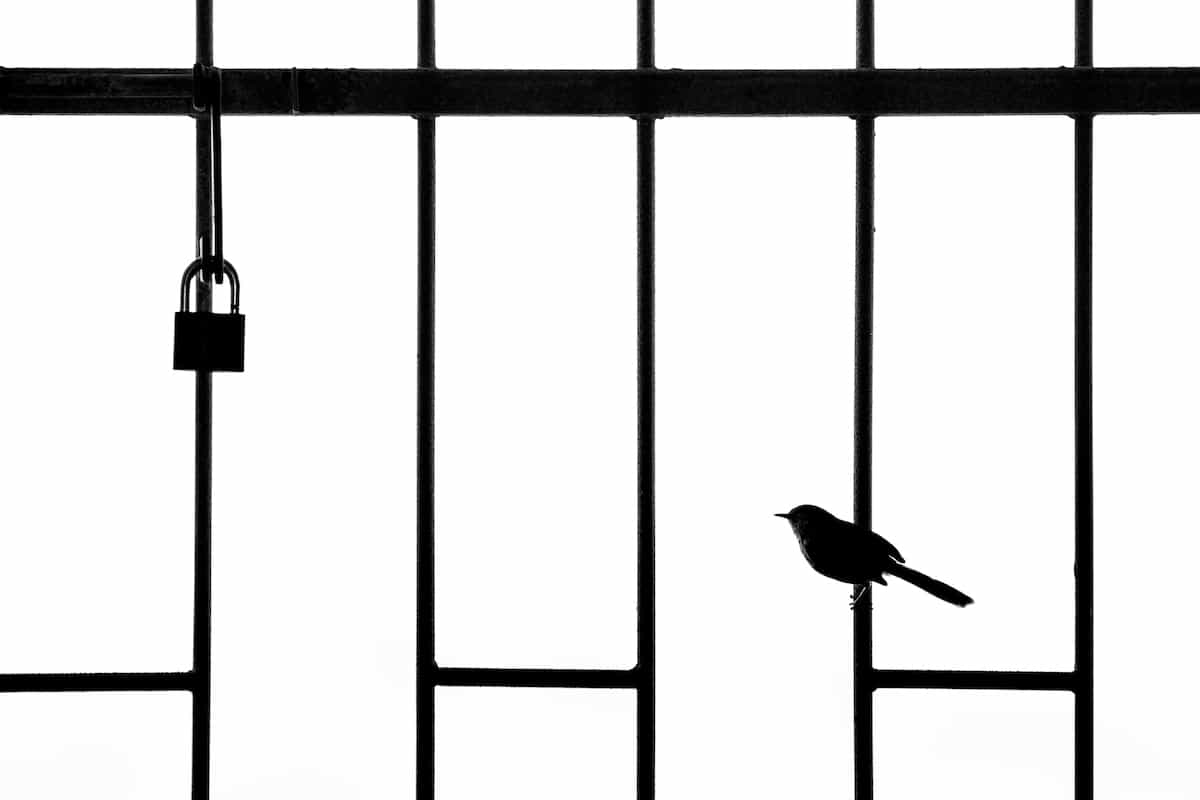
“Lockdown” by William Steel, South Africa. Silver, Urban Birds.
“For many people around the world, a large part of 2020 was spent at home. South Africa went into one of the world’s strictest lockdowns. This turned out to be the longest time I had spent at home in the last ten years. As a wildlife and travel photographer, I felt trapped. The only solution was to turn my camera towards the animals around me. The longer you spend observing the wildlife around you, the more you realize how many stories there are to tell. Every morning this Karoo Prinia would search for insects in the security gate at my front door. The insects drawn in by the outside light proved an easy meal for this clever bird. Adaptation is the key to survival in an urban environment, for humans and wildlife alike. I feel that the image is a striking symbol encapsulating the challenges we have faced with COVID-19 – a juxtaposition of fear and freedom.”
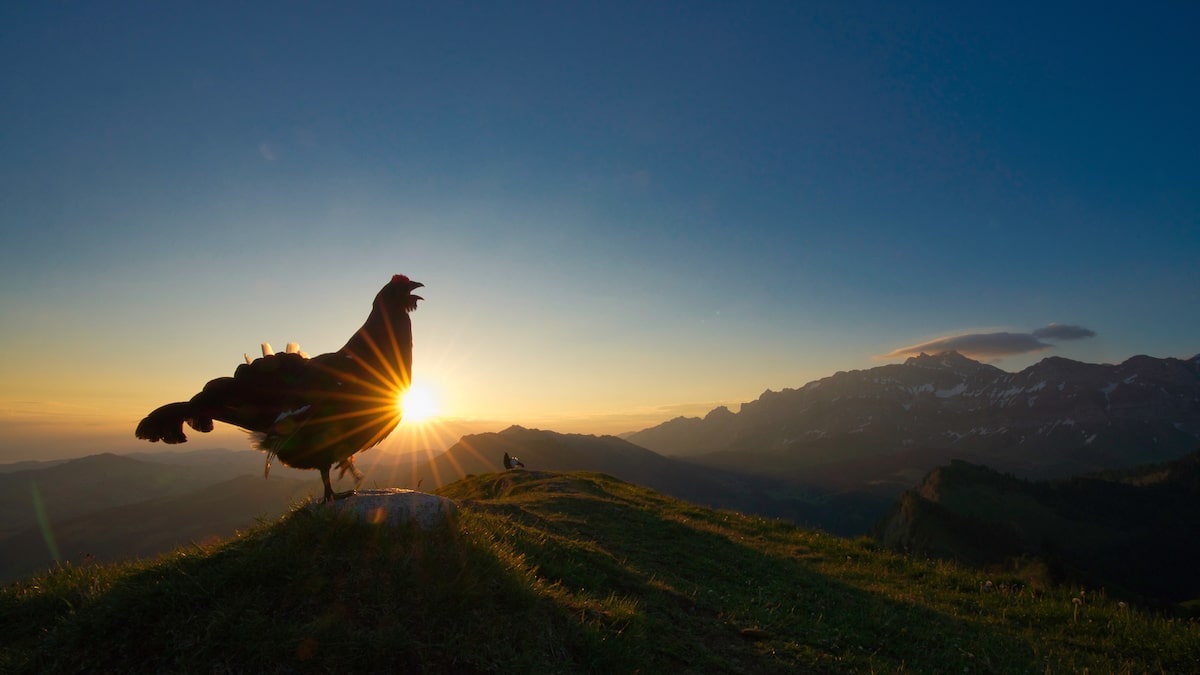
“Morning Lek” by Levi Fitze, Switzerland. Winner Young Bird Photographer of the Year and Gold, 14-17 years-
I spent a lot of time with Black Grouse last spring. After photographing them several times with my telephoto lens, I decided to try something new. In the afternoon I made my way once again to the lekking area of these impressive birds. After an hour of hiking, I had reached my destination. This time, next to my telephoto, I had stowed a wide-angle lens in my backpack. That evening I was the only person in this area. From far away I could hear the cows on the distant Alps, but otherwise, it was the indescribable silence of the mountains that I remember. After a warm dinner cooked on the gas stove and a cold night in my sleeping bag, my alarm clock rang at four in the morning. I crept to my tripod, which I had already mounted the day before, and brought the camera into position. Then I hid under a camouflage net and waited and waited. It was freezing cold and I made sure that the connection from my camera to the iPhone would not break. After around 30 minutes I was suddenly surrounded by shadows and the beautiful sound of lekking Black Grouse broke the silence. When I saw a male right in front of my camera, I realized that my plan might actually work. It got lighter and lighter. I had already taken the first pictures. Then the sun rose, exactly where I had hoped it would be. Again, a Black Grouse appeared, and now everything was perfect. I hit the release button and hoped I would get this shot…”

“In the Woodland” by Andrés L. Domínguez Blanco, Spain. Gold, 9-13 years.
“This Eurasian Nuthatch regularly used the trunk of a Portuguese Oak as a route to go down to drink. This picture was taken with a wide-angle lens and remote control from a hide. It gave me this unusual perspective of the bird through the use of a creative approach to bird photography.”
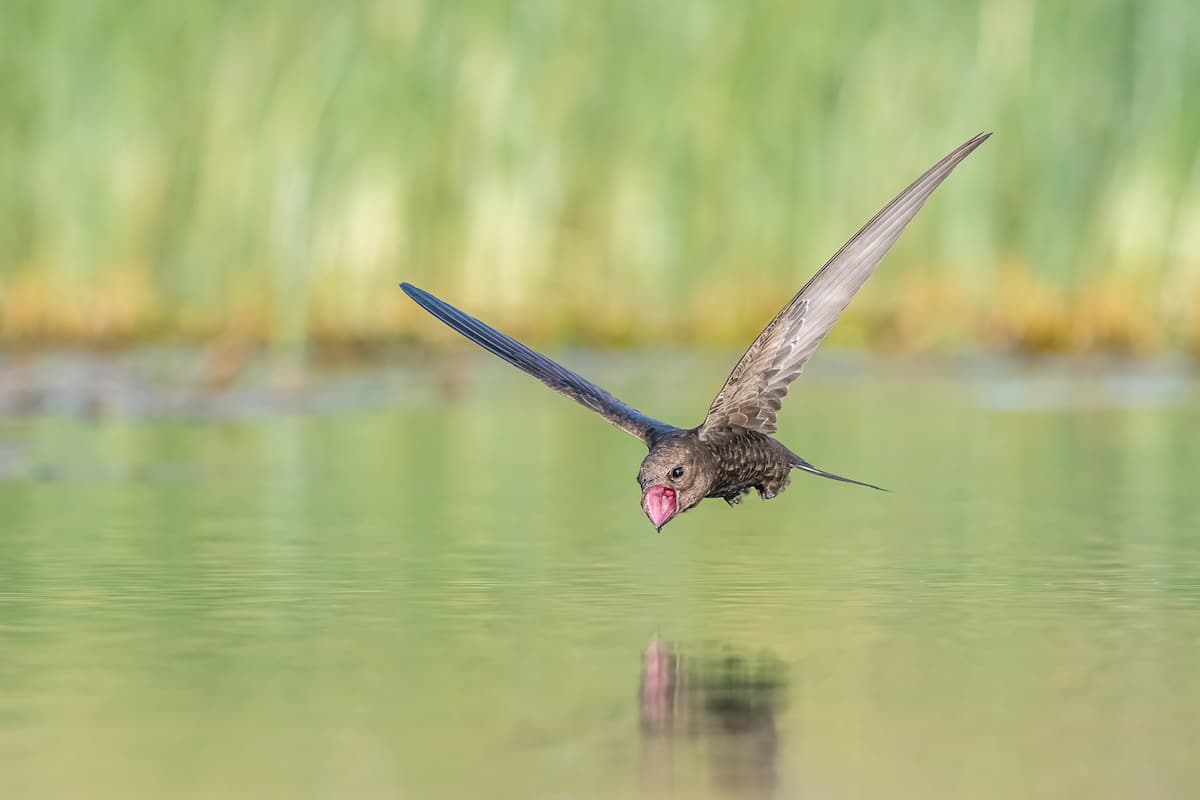
“Thirsty” by Tzahi Finkelstein, Israel. Gold, Birds in Flight.
“Common Swifts live their lives on the wing and are a challenge to capture in flight. With a diet of flying insects, they need to drink from time to time, and even that behavior is performed on the wing. I had had this image – of a swift skimming over water – in my mind for a long time. I finally found a suitable place to attempt it, and to get the photo I had to sit in water wearing a wetsuit, shrouded by a portable hide, every day for three weeks. Eventually, I got this photo on the final day – the day after the birds had all gone.”
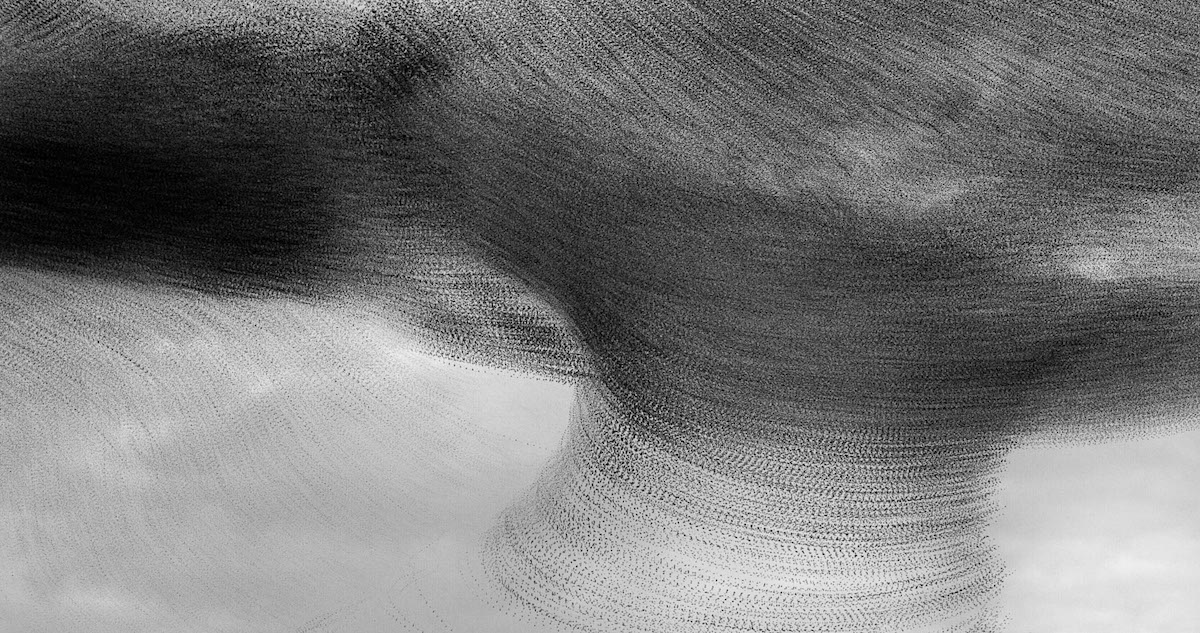
“Funnel” by Kathryn Cooper, United Kingdom. Silver, Creative Imagery.
“Between November and March, tens of thousands of Common Starlings migrate to Yorkshire Wildlife Trust’s Potteric Carr Nature Reserve. My aim was to depict the fluid-like movement of a murmuration and capture its essence. I am interested in transient moments when chaos briefly changes to order – moments when thousands of individual bodies appear to move as one. Here, I’ve captured the flock’s swirls, twists and turns, forming shapes like funnels and tornadoes as the birds seek a suitable spot in which to land. Rather than using a typical long exposure, I adopted a technique whereby I merged aspects of consecutive images using my own coding.”
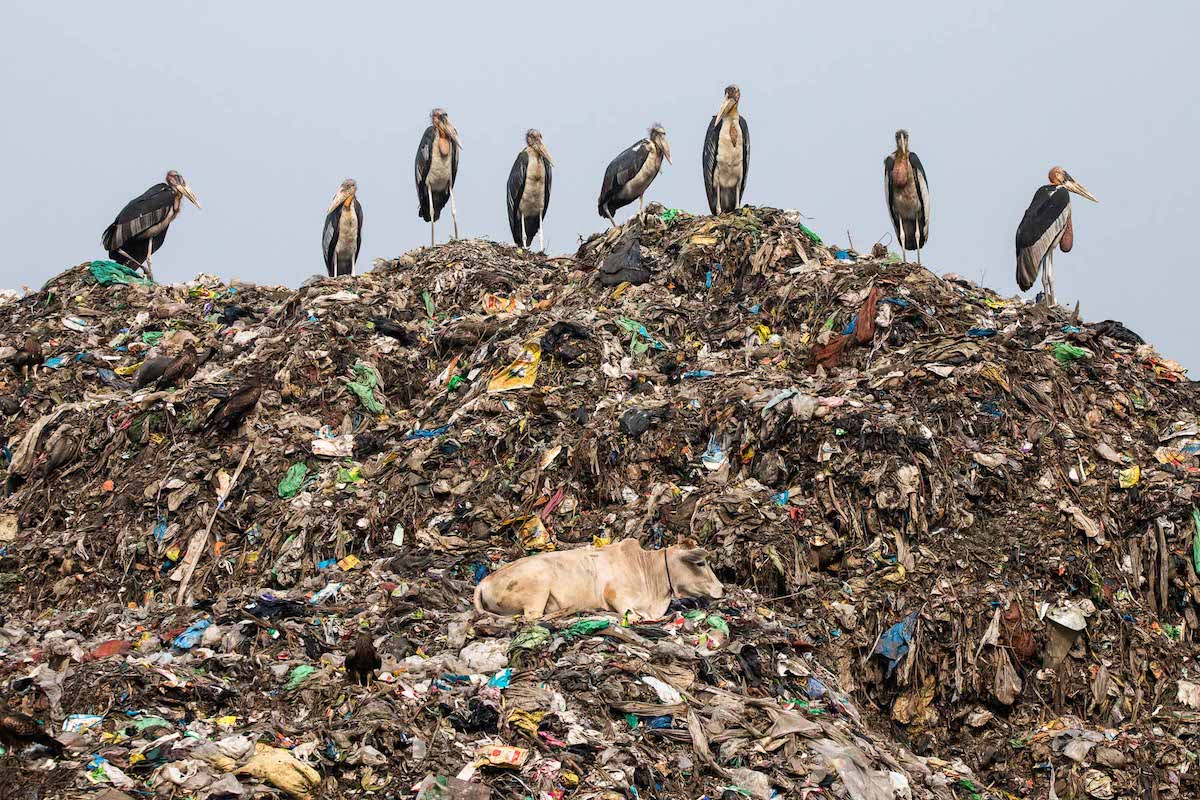
“Sentinels” by Carla Rhodes, USA. Gold, Conservation Award.
“Endangered Greater Adjutants atop a monstrous mound of garbage. The location for this image and the Conservation Documentary Award story is the Boragaon Landfill, near the city of Guwahati in India. Encroaching on the Deepor Beel Wetland, the landfill continues to destroy priceless freshwater habitat and impacts wildlife in more insidious ways through pollution and toxic seepage.”
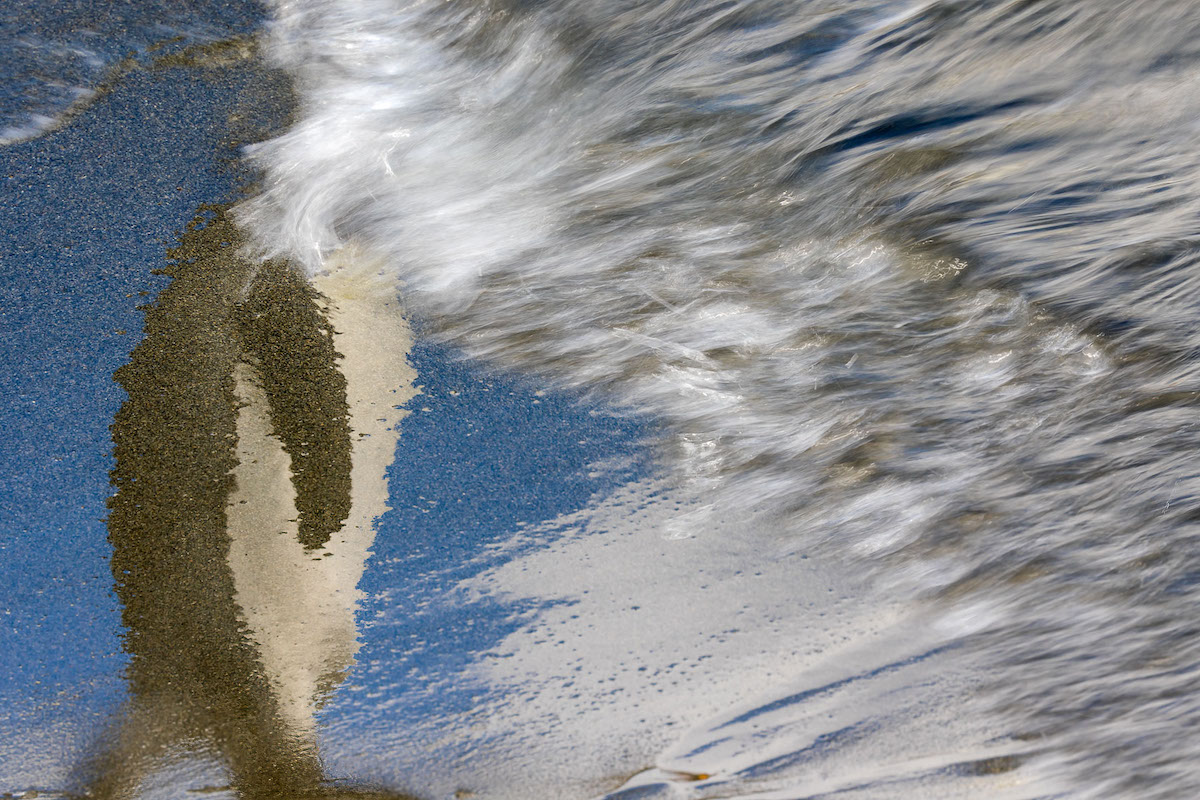
“Disappearing” by Rafael Armada, Spain. Gold, Attention to Detail.
“Reflections are one of the details I like most in nature because light undergoes incredible transformations when it interacts with water. In a way, it is nature playing with us, with our forms, and with the forms that we see. In this photograph, the same water that creates the reflection strikes with force to destroy it, in a sense to overthrow the King. The King is still standing; he knows his reign is not over… not yet. But it will end the day that water no longer creates reflections in the sand.”
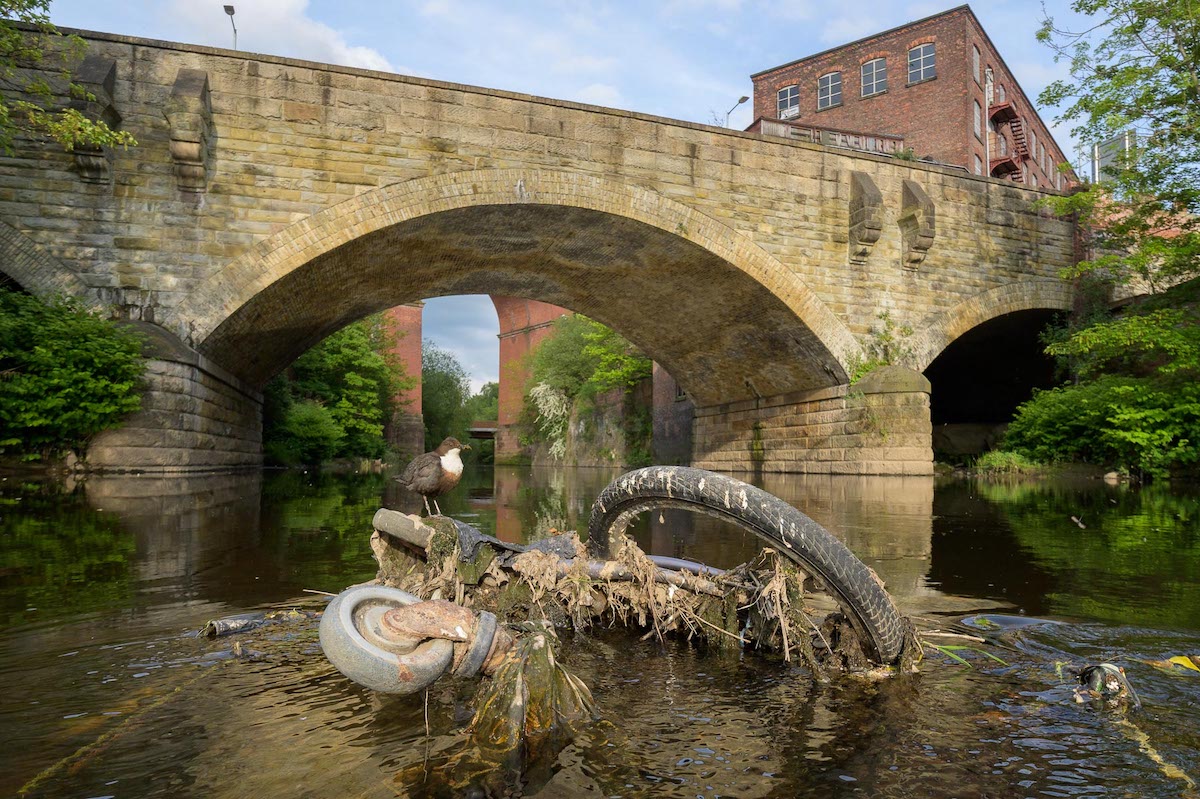
“Dipper on Shopping Trolley” by Terry Whittaker, United Kingdom. Gold, Urban Birds.
“A pair of White-throated Dippers nest under an old road bridge on the edge of a town center in Greater Manchester. To get an image that shows the urban environment in which they live, I put a remote camera and wide-angle lens in the river, which I triggered from the bank by radio. There is a shortage of natural perches for these semi-aquatic birds, so they use whatever is available – in this case a shopping trolley someone had thrown in the river.”
